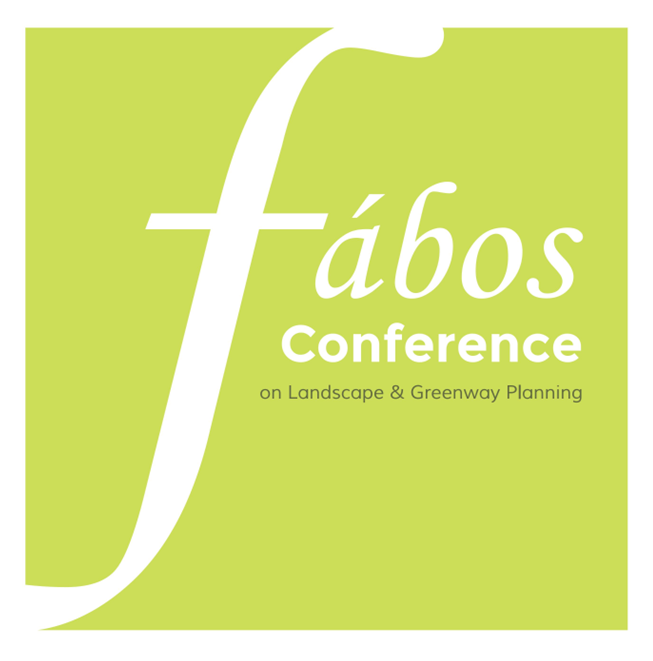Evaluating Design Parameters in Therapeutic Landscapes: The Role of Natural and Built Elements in Stress Reduction and Healing
Abstract
This research investigates the healing effects of designed therapeutic landscapes by examining how specific environmental factors influence stress reduction and well-being. Focusing on the interaction between natural elements and human well-being, the research evaluates the impact of specific environmental factors across four scenarios: (1) a green space without sound (Figure 1), (2) a green space enhanced with natural sounds (Figure 1), (3) a green space featuring architectural artifacts (buildings) (Figure 2), and (4) a landscape rich with colorful flowers in autumn (Figure 3). These scenarios were crafted to test how variations in natural and artificial elements influence stress and foster healing.
Virtual reality (VR) was used as a tool to immerse 10 participants in these environments, while EmotiBit sensors collected real-time physiological data, including heart rate (BPM) and skin conductance (SC). These data were analyzed to assess participants' stress responses. The results showed that natural soundscapes had the most profound calming effect, significantly lowering heart rates and skin conductance. In contrast, the scenario featuring buildings introduced higher stress markers, indicating that artificial elements detract from the healing potential of natural landscapes. The autumn landscape, with its rich sensory stimuli, also demonstrated a positive, though less pronounced, effect on stress reduction.
By examining these specific environmental factors, this study emphasizes the importance of designing landscapes that not only reduce stress but also reconnect individuals with nature. The findings highlight the potential of nature-inspired spaces in promoting both human health and well-being. This research emphasizes the vital role of natural elements in creating healing environments that support mental and emotional well-being while strengthening the connection with the Earth.
Keywords: Therapeutic landscapes, stress reduction, EmotiBit, Virtual Reality (VR)
How to Cite:
Kavoshpour, N. & Fattahi, K., (2025) “Evaluating Design Parameters in Therapeutic Landscapes: The Role of Natural and Built Elements in Stress Reduction and Healing”, Fábos Conference on Landscape and Greenway Planning 8(1). doi: https://doi.org/10.7275/fabos.2730
93 Views
27 Downloads
